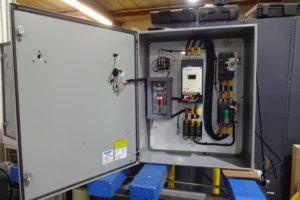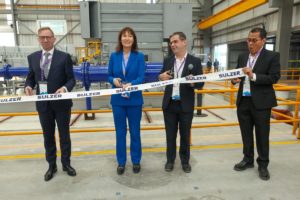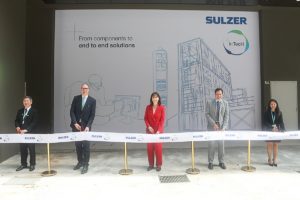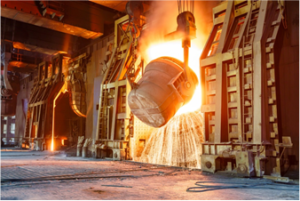Pump Retrofit Contract for Norwegian Oil and Gas Platform
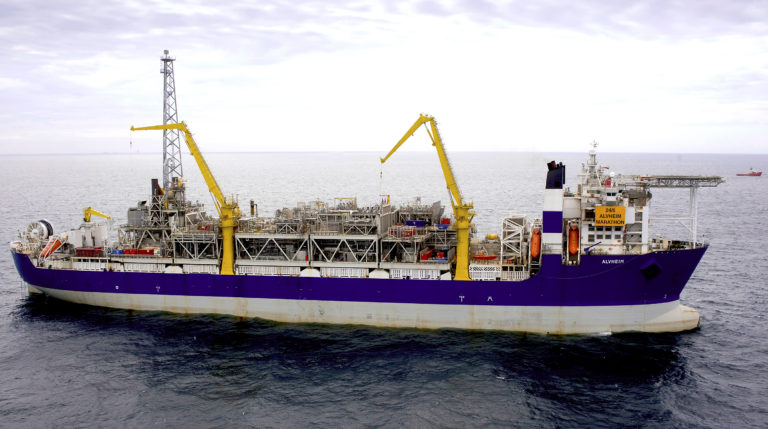
Sulzer will be completing a pump retrofit project on Aker BP’s Alvheim FPSO vessel. (Image source: Aker BP)
For Aker BP, which operates the floating production storage offloading (FPSO) vessel Alvheim, this has led to the company awarding Sulzer a contract to retrofit a water injection pump (WIP) to meet its 2030 growth strategy.
As part of an ongoing retrofit program, Aker BP has been discussing future requirements of the WIP with Sulzer, taking advantage of the company’s expertise in pump design and manufacturing. In a first step, the original 7-stage WIP was modified to reduce it to six stages and the impeller trimmed to meet a change in performance requirements. Following on from this, many options of future process conditions were tabled but the final decision settled on was a 40% increase in flow and a 30% reduction in head.
Matching future needs
The main prerequisites of the retrofit are to use the existing barrel and WIP motor while avoiding major modifications to the surrounding infrastructure. Teti Aure, Business Development Manager at Sulzer explains: “Our Norwegian service center was supported by the company’s pump design center in Leeds, UK, which is experienced with NORSOK standards. We have delivered a large number of projects with new hydraulics and new cartridge requirements, enabling customers to meet future process requirements.”
Sulzer’s retrofit solution is a hybrid cartridge design, which will be configured to fit within the existing pump barrel and maintain common components where possible to limit design and spare component changes. To meet net positive suction head (NPSH) margin requirements, the existing booster pumps will be retrofitted with larger diameter impellers to take into account future process conditions.
The new higher power booster motor, conforming to API 610 margins required for additional flow and head, will be supplied in the same frame size, avoiding any modifications to the baseplate and simplifying installation.
Karl Johnny Hersvik, CEO of Aker BP, said: “The development at Alvheim is an example for the entire Norwegian oil and gas industry. We must continuously work with efficiency – improve flow efficiency, find new reservoirs and phase in new wells – while continuously working to reduce costs. We will continue to ensure that Alvheim becomes a pattern field on the Norwegian continental shelf in the years to come.”
Source: Sulzer Ltd.

